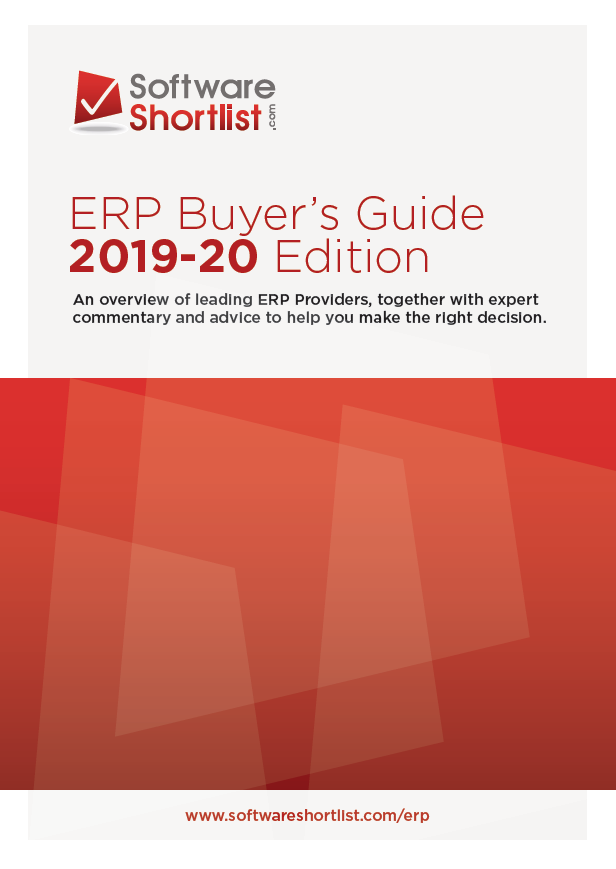What is Employee Self-Service?
Are you the person in the Human Resources Department that everyone comes to when they have an address change or when they want to add a new baby to their benefits? If so, you are going to love the features and functionality of Employee Self-Service. You of course will need to give the employee their login information for this module of your ERP solution and also to help guide them through the system easily so they will adapt to it well.
The biggest value that Employee Self-Service brings to a company includes the relief from some of the administrative work that comes with working in the Human Resources Department, as well as putting the accuracy of the information into the hands of the person who knows their information best, the employee. While the opening up of this information may be scary at first, with proper training and data integrity audits you can make Employee Self-Service one of the most valuable tools you can provide to your employees.
Key Benefits of the Employee Self-Service Module
The Employee Self-Service module offers a range of features that employees can use to update and maintain their information. In particular, here is a list of common functions and benefits available to you when you use this module properly:
- Employees can initiate their own change of address and update contact phone numbers when these change.
- Employees can add new dependents to their benefits, as well as remove dependents that are no longer eligible.
- Employees can add dependents’ birthdates and social security numbers
- If a dependent lives at a different address, the employee will be able to update their dependent’s address too.
- Employees know best the gender of their dependents so letting them maintain this information helps with data integrity checks.
- Employees can update beneficiaries in Employee Self-Service.
- Employees can see the various benefit plans available for them and with open enrolment they can choose the benefits they want to sign up for or drop out of.
- Employees can also see their job title, supervisor’s name and department information in Employee Self-Service. Although these items are usually only viewable but not editable to employees, they can alert the proper people when they think this information is not correct.
- The above is also true of salary information. Employees know how much money they make for their job and if they see a different amount in the Employee Self-Service module they will alert their supervisor and possibly payroll to get it corrected.
- Employees can also see their Performance Reviews through Employee Self-Service. (This capability is usually done in combination with the Human Capital Management modules of an ERP solution).
- Employees may also be able to take on-line training classes through the portal of Employee Self-Service. Their supervisor can even recommend they attend a certain class in that module and they will be prompted with reminders to take the class until they have completed it.
- Employees can generate a benefit and compensation statement which shows them the true value of their employment with the company. These statements show what the company contributes to their 401(k), benefits and compensation to give an overall compensation value to the employee. These statements are priceless.
As you can see above, Employee Self-Service has a huge impact on eliminating the paperwork flow that traditionally has been part of the Human Resources functions to administer employees’ information. The accuracy is also much improved, as the Human Resources Information Systems Analysts no longer need to contact the employee to get the correct information. They simply become the approvers of information that the employees initiate in the Employee Self-Service module of an ERP solution.
Tips on Implementing Employee Self-Service
Some key points to remember to make the transition to employees using Employee Self-Service includes making sure that employees are properly trained on what they can and can’t do in the application. Without proper training your information is at risk for data integrity issues as well as non-value added time on the part of Human Resources tracking down documentation for such changes.
Another key point to remember is that you need the support of the top level in the Human Resources Department to ensure that employees are held accountable for managing their own information in the Employee Self-Service module. Getting the buy-in of the top leaders and having them cheer employees on for following the process is so extremely valuable.
Be prepared to answer a lot of questions such as login information for employees, how to do certain functions in the Employee Self-Service application and you may have to do some hand holding in the beginning to ensure that employees are comfortable that this is a value-added process for the company and very important to get participation by all employees.



